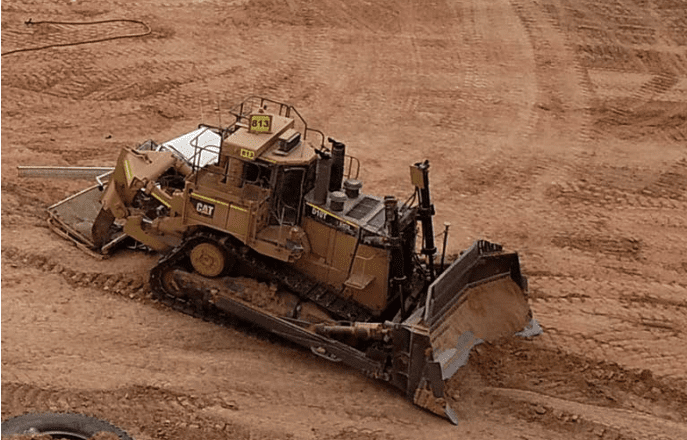The NSW Resources Regulator has commenced a fatal incident investigation into a Dozer Light Vehicle interaction at the Snapper mine and released preliminary information to inform mines ways in which these types of incidents can be prevented.
According to the regulator, a mine worker suffered fatal injuries arising from the collision between a dozer and a light vehicle at the
Snapper Mineral Sands Mine on 12 August 2019.
The Regulator said “A contract worker driving a light vehicle entered the western tip head area, to deliver a water bottle to a dozer operator about 4.45pm on 12 August. The dozer operator was reversing and he was unaware the light vehicle was in close proximity. The two vehicles collided resulting in fatal injuries to the light vehicle drive”
It says that Mine and petroleum site operators have a duty to identify hazards and manage risks to health and safety associated with the operation of mobile plant in accordance with the provisions of the Work
Health and Safety Act 2011 and Work Health and Safety (Mines and Petroleum Sites) Act 2013 and Regulations.
READ RELATED CONTENT
- Drowning in a dozer(Opens in a new browser tab)
- Light vehicle in rollover(Opens in a new browser tab)
- WA Regulator drops charges in mobile plant accident(Opens in a new browser tab)
Mobile plant interactions in mines, particularly between light vehicles and heavy mobile plant such as dozers, are a well- known risk to the industry. Mine operators must identify, implement and maintain appropriate no-go zones and separation distances between light vehicles and heavy mobile plant.
Mine operators should consider:
- eliminating light and heavy vehicle interactions by establishing designated parking locations for light vehicles near working areas
- using available technology to control the vehicle and mobile plant interactions such as proximity detection and collision avoidance systems
- installing visual aids in heavy vehicles such as reversing cameras and rear and side-view mirrors
- the adequacy of surface transport management plans, including radio and other communications systems and protocols on site
- human factors such as environmental, organisational and job factors that may impact upon heavy and light vehicle interactions.
You can read the full report here
Read more Mining Safety News














Add Comment